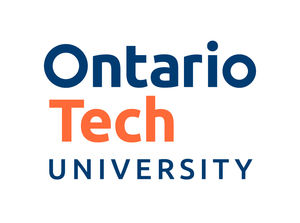Detecting and preventing the electronic transmission of illicit images
Abstract
The sexual exploitation of children remains a very serious problem and is rapidly increasing globally through the use of the Internet. This work focuses on the current methods employed by criminals to generate and distribute child pornography, the methods used by law enforcement agencies to deter them, and the drawbacks of currently used methods, as well as the surrounding legal and privacy issues. A proven method to detect the transmission of illicit images at the network layer is presented within this paper. With this research, it is now possible to actively filter illicit pornographic images as they are transmitted over the network layer in real-time. It is shown that a Stochastic Learning Weak Estimator learning algorithm and a Maximum Likelihood Estimator learning algorithm can be applied against Linear Classifiers to identify and filter illicit pornographic images. In this thesis, these two learning algorithms were combined with algorithms such as the Non-negative Vector Similarity Coefficient-based Distance algorithm, Euclidian Distance, and Weighted Euclidian Distance. Based upon this research, a prototype was developed using the abovementioned system, capable of performing classification on both compressed and uncompressed images. Experimental results showed that classification accuracies and the overhead of network-based approaches did have a significant effect on routing devices. All images used in our experiments were legal. No actual child pornography images were ever collected, seen, sought, or used.

